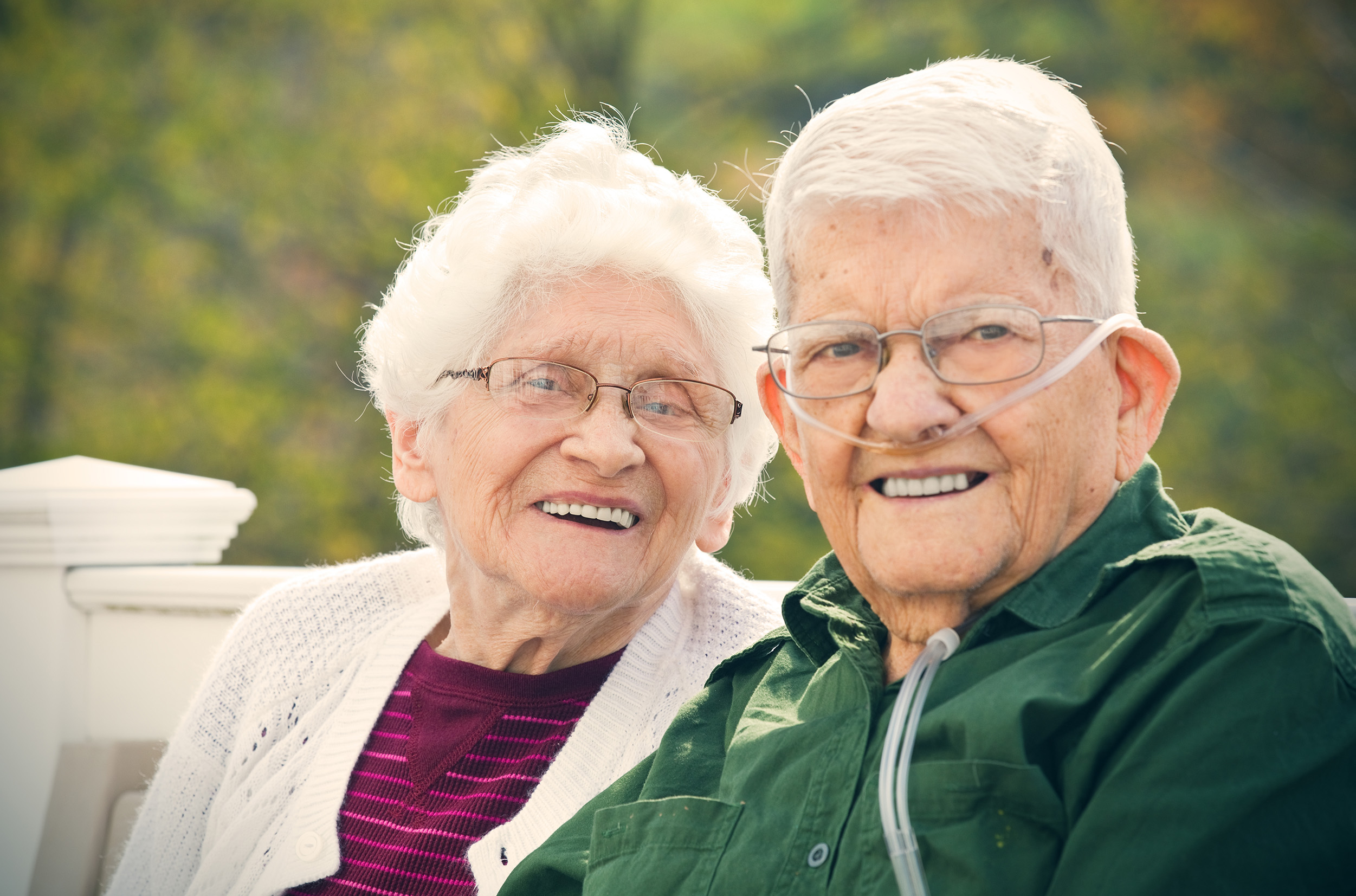Chronic Condition Care: COPD

Chronic Obstructive Pulmonary Disease (COPD) is a term used to describe a variety of progressive lung diseases such as emphysema, chronic bronchitis, and asthma. COPD is characterized by increasing breathlessness.
An estimated 30 million Americans are affected by COPD, including more than 5 percent of the people living in New York State. Being diagnosed with COPD means a person is also at an increased risk of heart disease, lung cancer and a variety of other conditions.
What are the symptoms of COPD?
Shortness of breath and coughing are usually the first signs of COPD, but the disease can progress for years before a person has a noticeable shortness of breath. By time symptoms indicate COPD, a person's lungs can already be significantly damaged.
Other common symptoms include:
- Wheezing
- Frequent respiratory infections
- Lethargy and fatigue
- Chest tightness
- Frequent clearing of the throat to get rid of excess mucus
- Ongoing coughing that produces clear, white, yellow or greenish phlegm
- Blue tone to lips or fingernail beds (cyanosis)
- Unintended weight loss
- Swelling in ankles, feet or legs
Who is at risk for COPD?
Smokers are by far at the highest risk for COPD.
The disease typically is diagnosed in people aged 65 and older, and women are more likely than men to develop COPD, as are people with a history of athsma. COPD is also linked to long-term exposure to dust and chemicals or fumes, often on the job.
And for some, an uncommon genetic predisposition for COPD increases risk, especially if combined with other factors such as smoking.
How is COPD treated?
COPD can be managed, especially iCOPDf caught in its earliest stages. The most critical step to take is to quit smoking and avoid secondhand smoke.
Pulmonary rehabilitation teaches COPD management strategies to improve quality of life, including breathing exercises and life skills that conserve their energy. Medication can help alieviate coughing and wheezing. Maintaining overall good health, especially lung health, is critical. Illnesses and infections that affect the lungs, such as influenza and pneumonia, can be devestating for people with COPD. Those with COPD should be appropriately immunized and also see a healthcare professional at the first sign of a lung infection.
Supplemental oxygen can help those with COPD maintain healthy blood oxygen levels. Quiet, portable tanks make it easier for patients to stay mobile.
What are the benefits of home health care for people with COPD?
Belvedere Home Care provides specialized care to people with COPD and other pulmonary conditions.
Our staff is trained to ease the symptoms of COPD and improve a client’s quality of life.
We can educate the client and family members about managing COPD symptoms and ensure that the client’s home is a safe, irritant-free environment. We monitor health, so complications can be spotted and treated early.
COPD patients often have difficulty accomplishing daily tasks because any action can be exhausting. Belvedere Home Care can assist with daily routines, transportation, personal care and household tasks.
For more information about specialized COPD care on a flexible schedule contact Belvedere at (518) 694-9400.

